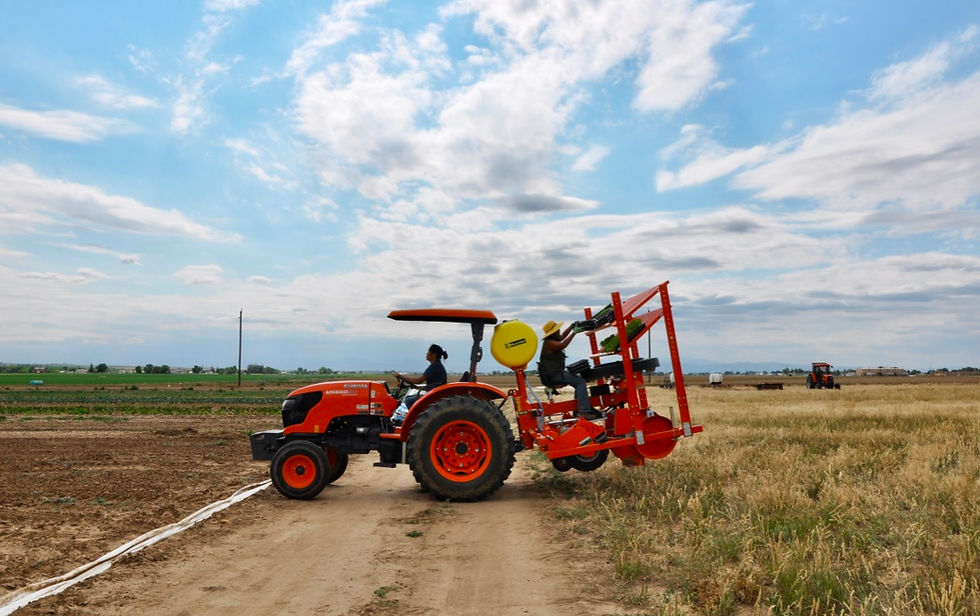

Oct 21


Oct 14


Oct 14


Updated: Oct 26, 2020

When we are kids, food seems to magically transform from a potato into a thanksgiving dinner; however, the steps that the potato took to get to our tables is not as simple as it seems. As we get older maybe we learn how to cook, what a ripe tomato looks like, or that beets grow underground, but there are still so many unanswered questions about what our food has actually gone through to get to our tables. The food system is that complex web of actions that can answer the questions about how food gets from its source, to our plates, and everything in between.
The food system includes five main phases, production, processing, distribution, consumption, and waste, that dictate how food gets to our plate. Let’s break these down:
Production is the first step in the food system. It encompasses everything that happens within the production process: i.e. planting seeds, watering crops, and harvesting the bounty. It also can include feeding animals and raising them for meat. Production occurs at places like ranches, fisheries, gardens, farms large and small.
Processing is the process of getting food ready to distribute, after production. Sometimes processing occurs on the farm or ranch, and other times it occurs at processing plants. On many small produce farms, the processing includes the washing, storage (cold storage), and sorting, but it could also be manufacturing the food into something else such as processed foods.
Distribution is the act of getting the food where it needs to go. This step can include packaging, labeling, marketing, and transportation. Food may be distributed to a grocery store, restaurant, farmers market, school / institution, or directly to consumers.
Consumption involves everything that happens once the food is in your hands. It includes food prep, cooking, eating, preserving, etc.
Waste. We often think of waste as an endpoint, but in reality, it occurs across the entire food system. This includes food that gets thrown away at grocery stores or restaurants, food left to decompose (not harvested) on the farm, as well as how we dispose of leftovers at restaurants, on our countertops, etc.
A food system always includes these steps, but it will look different depending on the scale.
Think about the store-bought granola bar in your pantry or the banana on your counter. Do you know how far it has traveled? How much energy it took to produce it? What conditions was it grown in? Who else could have had access to buying it? Where your money goes after you purchase it?
Probably not.
You would probably find it difficult to answer any of these questions about the banana or the granola bar because, usually, these items are a part of a global food system, as they are grown/created in one part of the world and consumed in another part of the world.
Now think about your kohlrabi from Hoffman Farms or your lettuce from Grow Girl Organics, and you can probably answer most of these questions (or get the answers fairly easily). This produce is a part of the local food system, as it is grown AND consumed in the same local region.

So, not only is it exciting and empowering to know who grew your food, when it was harvested, how far it traveled, and what conditions it was grown in, but in a local food system where food is grown in the same region as it’s consumed is important for the strength, health, and resilience of any local community. Within a strong local food system:
We waste less and maintain healthier soils
We support local farmers and bolster the local economy
We reduce transportation miles and lower carbon emissions
We eat food that’s harvested more recently, which provides fresher tastes and higher nutrient content
We reduce reliance on the global and industrial food system which has seen many supply chain interruptions and inequities
We focus on feeding everyone, regardless of social and economic status
And the list continues (see here to read our blog on the benefits of buying local)
So, when you support GoFarm and buy a Local Food Share, you aren't just getting a delicious peach or a crisp carrot, you are supporting the entire food system as a whole. And this is invaluable.

Recent Posts






Comments